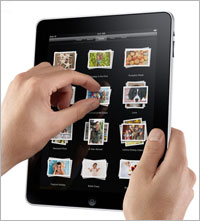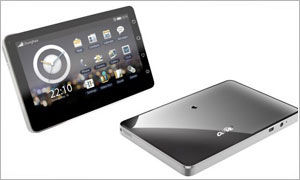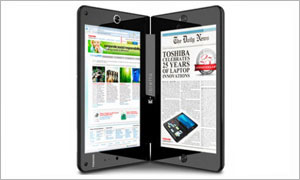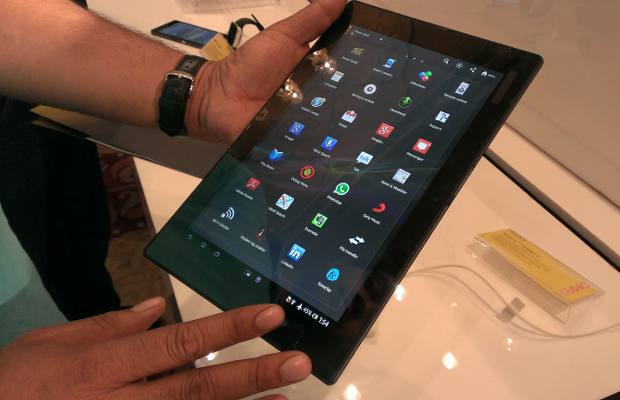Have been waiting for the iPad? Your wait is now over. Apple will soon launch its super successful and trend setting iPad in India. According to sources familiar with development, “iPad will be launched in India bundled with a BSNL connection next week.”
BSNL has also said in a company statement that it will offer special data plans for iPad with Wifi + 3G in coming weeks. It is still not clear whether iPad will be available free of contract or on other service networks.
It might seem surprising that Apple has tied its device to a government operator’s network, but since BSNL is the only service provider with a pan India 3G licence (excluding Delhi and Mumbai,) Apple’s decision is perhaps not unreasonable.
iPad runs on iOS, the operating system of iPhone. It has a 10.1 inch capacitive multi touch screen, and a 1GHz Processor with integrated graphics processing chip. It is available in 16, 32 and 64 GB versions, and uses Wifi and 3G networks to connect to the net. The iPad has apps for email and social networking, video streaming, navigation using Google Maps, an eBook reader etc. Apple’s iPad offers battery backup of around 10 hours.
It may be recalled Apple launched iPad in January 2010, and said it sold more than 300,000 of the devices on the first day of their debut weekend. In the last quarter only it sold 7.33 million iPads.
At the time of the launch in United States, there were people waiting for a long time to lay their hands on their most cherished device, something which is not seen everyday in the handset and tablet market.
According to research reports, the iPad is apparently “cannibalising” low-end PC sales. Netbooks and low-end laptops segment has been hit, companies like Acer have expressed their intention to gradually phase out netbooks and focus on tablets hoping to recreate the success of iPad.
The Apple iPad also smoothly plays Netflix movies and YouTube videos with great clarity, and quick download speeds.
With a list of available apps growing daily, and hundreds of thousands currently available, there’s not much you can’t do with the Apple iPad. You name it, ebooks (even books available for Kindle), photos, videos, games, if it’s digital the iPad can play it.
On the negative side, while there are apps available for word processing, and spreadsheets, they’re not as powerful as you would find on a laptop, or desktop computer. Lack of front facing camera is another drawback (you can’t do video chat, but future versions of iPad are expected to take care of it). Flash support is another thing missing however HTML5 support fills the gap well.






